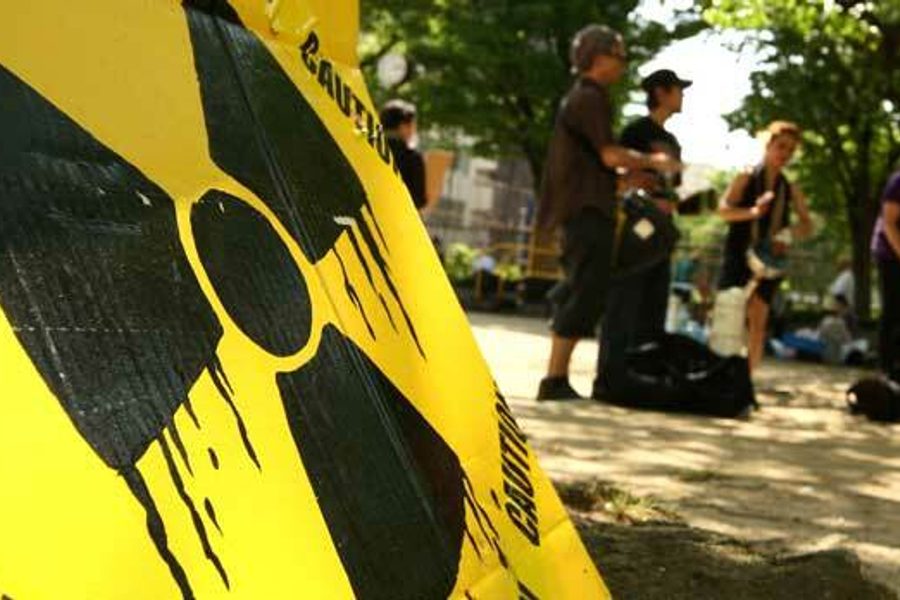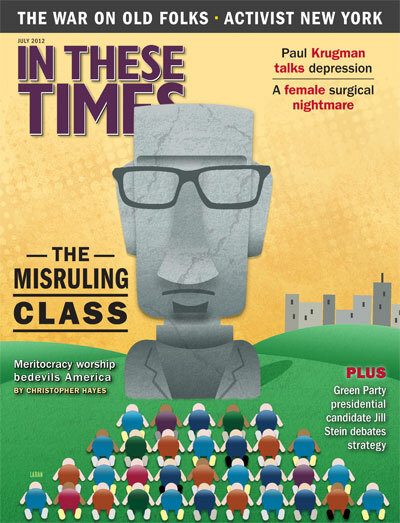
On May 5, a little more than a year after the meltdown at Fukushima Daiichi, thousands marched to celebrate as Japan shut down its last working nuclear reactor. Though the closures are routine, anti-nuclear groups are working to prevent the reactors from reopening in the hope that this moment could mark the end of nuclear power in Japan.
Before the disaster in March 2011, Japan had 54 nuclear reactors, four of which were decommissioned due to damage. Though it’s required that reactors be shut down and inspected approximately every 13 months, local officials wary of public pressure have so far refused to restart them. Public outcry “is the single most important thing in keeping [the reactors] shut down,” according to Michael Mariotte, executive director of the Nuclear Information and Resource Center.
The backlash from Fukushima has reenergized civil society in Japan. Since the disaster, shocked community groups have joined forces with existing anti-nuclear organizations to push for greater protections against radiation. Organizers say they have gathered enough signatures to hold local referendums on nuclear power in two cities, and Occupy-style camps have sprung up in front of the Ministry of Economy and Ministry of Trade.
In an October 2011 poll by a national broadcaster, 66 percent of respondents said they wanted nuclear power abolished or reduced. But Japan was the world’s third largest user of atomic energy prior to the disaster, and there is strong pressure to restart the reactors. Citing fears of energy shortages, government officials are already seeking to reinstate two reactors at Ohi nuclear plant.
“We’re at this key turning point of whether or not we’ll go back to the status quo,” says Aileen Mioko Smith of Japan’s Green Action. Smith, who has been has been working against nuclear power for the past 30 years, said that she is encouraged by the issue’s movement from the fringe to the center of public discourse.
Anti-nuclear activists also hope that Japan’s example will bolster movements elsewhere. “Japan is unique; you have a situation where they were getting 30 percent of their power from nuclear on March 10, 2011, and the next day they went down to half that and now they’re all the way down,” says Mariotte. “If they can maintain it … it’s a lesson to the rest of the world that nuclear isn’t really needed.”





